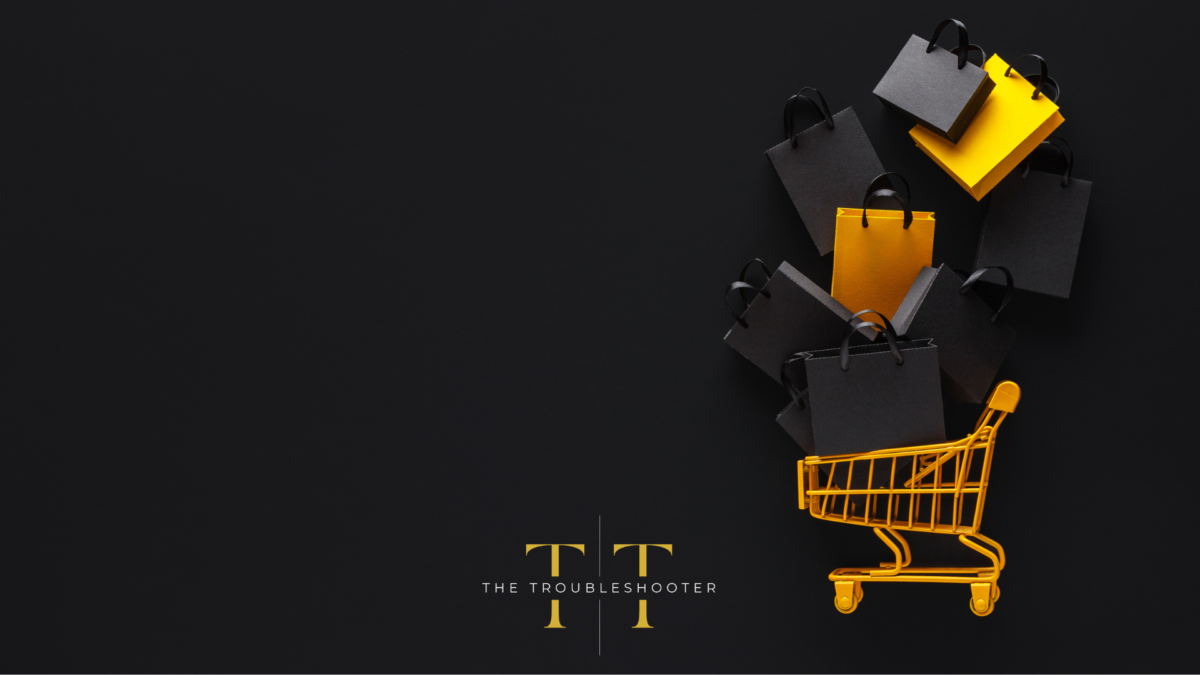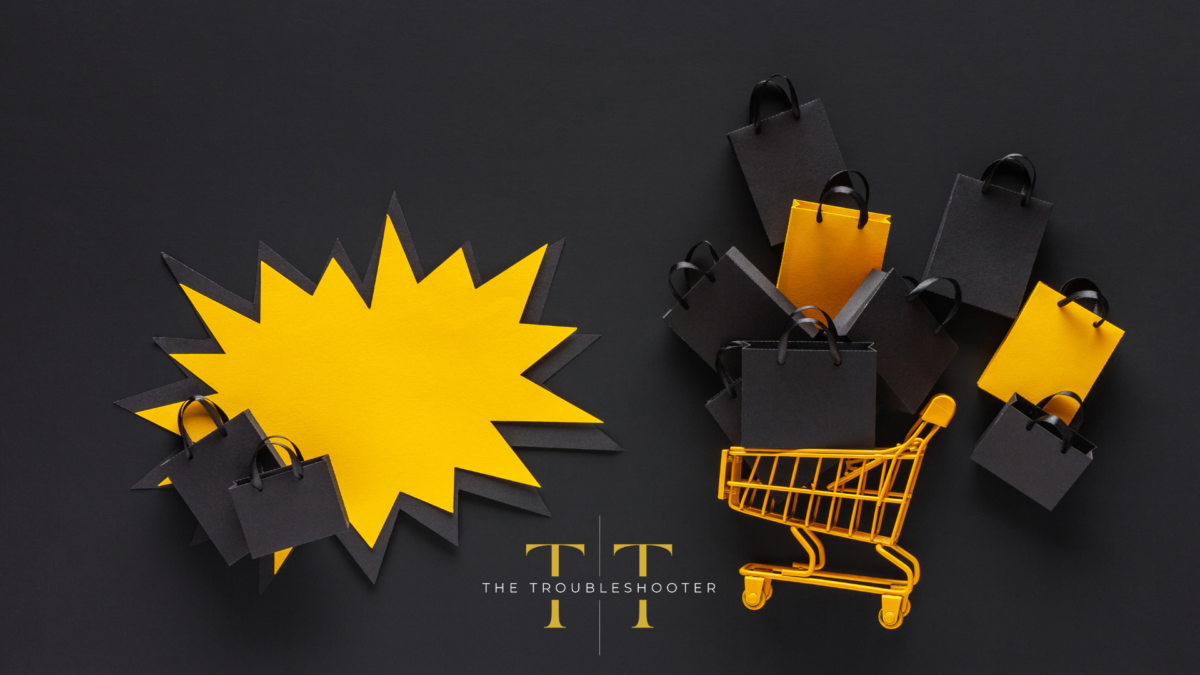
In the bustling bazaar of the marketing world, key annual events are the shining stars, luring customers like moths to a flame. They are the mega blockbusters of the sales calendar, the Olympics of marketing, if you will. These events are colossal, compelling, and often draped in a shroud of festivity. But what exactly defines a “key annual event”? Well, in simple terms, it’s that golden date or period in the year when businesses can boost sales, elevate their brand, and engage with a broader audience, all because of a heightened customer interest.
In the grand tapestry of the marketing world, key annual events gleam like dazzling gems in a crown, beckoning audiences with a luminosity hard to ignore. Think of them as the ‘north stars’ of the sales universe, guiding customers to golden shores of festive promotions and mega-deals. These events are not just colossal; they’re compelling, serving as the vibrant strokes on a canvas that paint a year of successful brand narratives.
However, it’s essential to remember that our world is as varied as a palette with countless colours. While some eagerly anticipate events like Amazon Prime Day, hoping to secure the best deals, others might scratch their heads, perplexed by this global shopping phenomenon. Similarly, as many meticulously plan for Halloween festivities, others might continue with their routine, unaware or uninvolved in the eerie escapades. This isn’t a statement of indifference but a nod to global diversity. It serves as a reminder of the universal nature of marketing and the careful dance between global appeal and local resonance.
For businesses weaving their marketing magic, it’s pivotal to grasp these multifaceted perspectives. Marketing isn’t a one-size-fits-all cloak. It’s more like a chameleon, changing hues according to the landscape. Not all are enticed by the same promotional pull. But with the right strategy, marketing around these monumental moments can be a harmonious blend of inclusivity and effectiveness.
Let’s dive deeper into this intriguing dance of dates and deals…
The Significance of Key Dates
Imagine, if you will, a vast desert, sprawling endlessly with sand dunes after sand dunes. Now, amidst this expanse, there arise towering oases, flourishing with life, water, and all manner of attractions. These oases, dear reader, are akin to key annual events in our ever-stretching marketing desert. Some, like a hauntingly delightful day of costumes and candies, become the lore of October. Others, like a globally anticipated day of colossal discounts, see online carts filled faster than one can blink.
Now, while a desert traveller might be enticed by the mirage of cool waters, our modern consumer is similarly drawn by the allure of these key dates. Suddenly, the cautious saver metamorphoses into an enthusiastic spender, eagerly anticipating midnight sales or crafting a wish list weeks in advance. Wallets, which once seemed stitched tight, now open with abandon, ready to embrace the tantalising deals these dates dangle before them.
Such is the magnetic pull of these dates. They don’t merely influence the commerce currents; they’re the very tides that dictate their flow. The allure isn’t just in the blatant show of sales or discounts, but in the subtle seduction of consumer psychology. People aren’t just spending; they’re celebrating, participating, and becoming part of a global narrative. The result? A spectacle where commerce and culture intertwine in a dance as old as trade itself.
But let’s not forget our quiet observers, those who, from the edges of this desert, watch the festivities with curiosity but choose to remain detached. For in understanding them lies the mastery of true, universal marketing. Just as the oasis must cater to every weary traveller, our strategies too must welcome every wandering eye, be it entranced or merely inquisitive.
Recognising Diversity in Audience Perception
In the global marketplace, not all events ring with the same familiarity. Think of it as a buffet table; while one dish might be the star attraction for some guests, others might only nibble at it out of curiosity or pass it over entirely. Take the excitement surrounding a day dedicated to ghouls, ghosts, and costumes. For one audience, it’s a cherished tradition; for another, it’s merely an interesting foreign custom.
Then, there’s the universal appeal of a mega-sale day. It might get shoppers in one region eagerly loading their online carts, while others might appreciate the deals without truly engaging in the frenzy.
This brings us to the crux of the matter: understanding and respecting the myriad tastes at our global buffet. Just as a discerning chef knows the palate of every guest, astute marketers must grasp the diverse cultural nuances of their audience. Ignoring this is not just a missed opportunity but could lead to faux pas. Marketing isn’t one-size-fits-all; it requires a tailored approach, finely attuned to different cultural sensibilities. In a connected world, striking the right note with diverse audiences is more than just good manners, it’s sound strategy.
So, just how do you tap into these events?
The Ramp-Up Phase: Building Momentum
It’s not just about the main event. It’s the crescendo, the gradual building of a symphony that makes the climax so profound. Similarly, in the marketing world, the weeks or even months leading up to a key event can be as crucial as the day itself. Here’s how to master the art of the build-up:
a. Start Early: The Early Bird Gets the Worm (And the Customer!)
While it’s tempting to drop a bombshell announcement right before the event, consider the art of the tease. Early bird promotions and teasers can whet the appetite of potential customers, keeping them eagerly awaiting more. By offering sneak peeks, exclusive early deals, or even just some enticing hints, you can capture attention and keep your event at the forefront of consumers’ minds. It’s about building anticipation, like the opening chapters of a gripping novel.
b. Multi-channel Strategy: All Hands (and Platforms) on Deck!
Imagine you’re hosting a party. You wouldn’t just rely on one method to send out invites, right? The same goes for your event promotions. An effective strategy is a symphony of channels, each playing its part. Engage customers with email campaigns filled with exclusive insights, countdowns, and deals. Light up social media with vibrant posts, behind-the-scenes looks, and contests. Partner with influencers who can authentically extend your message to their vast followers. The goal? Make your event inescapable, no matter where your audience hangs out.
c. Tailored Content: Speak Their Language (Literally and Figuratively)
Content is king, but context is its queen. While it’s essential to have engaging content, it’s paramount that said content resonates with the target audience’s emotions and sentiments surrounding the event. For some, it might be nostalgia, for others, excitement, or curiosity. Craft messages that not only inform but also evoke feelings. Customise visuals, stories, and promotions based on what the event means to different demographic segments. When content feels personal, engagement shoots up. After all, who doesn’t like a message that feels tailor-made just for them?
Through-the-Line Marketing for Holistic Engagement
Imagine you’re orchestrating a grand symphony, each section of the orchestra playing its part to bring forth a harmonious melody. Just as every instrument has its unique tone and contribution, in the world of marketing, different strategies serve distinctive roles, yet together they create a resonant brand narrative. Here’s a deep dive into this orchestrated approach:
a. Above-The-Line (ATL)
Think of ATL as the powerful brass section, blaring trumpets and trombones, instantly catching attention and setting the tone. These are your traditional media channels – TV, radio, and broadsheet newspapers. They command wide audiences, casting a vast net to stir the masses. Their strength lies in creating expansive brand awareness, making sure your message resonates across vast landscapes, reaching even the most distant ears.
b. Below-The-Line (BTL)
Now, envision BTL as the string quartet, playing intricate melodies and connecting on a personal level. These are your direct marketing methods: flyers slipped into mailboxes, promotional events at local shopping malls, or targeted online ads. They might not have the extensive reach of ATL, but what they lack in breadth, they make up for in depth. BTL strategies aim for precision, targeting specific audience segments and creating personal connections, much like a violinist moving you with a soulful solo.
c. Through-The-Line (TTL)
TTL is the maestro, deftly conducting both the brass and strings, ensuring every note, whether loud or soft, plays in perfect harmony. A blend of both ATL & BTL, TTL recognises that not every audience member is the same. Some need the encompassing sound of a trumpet to take notice, while others are drawn to the intimate notes of a cello. By combining broad messaging with targeted strategies, TTL ensures a comprehensive reach, enveloping both the masses and the individual in a brand’s symphonic narrative.
Continue reading









